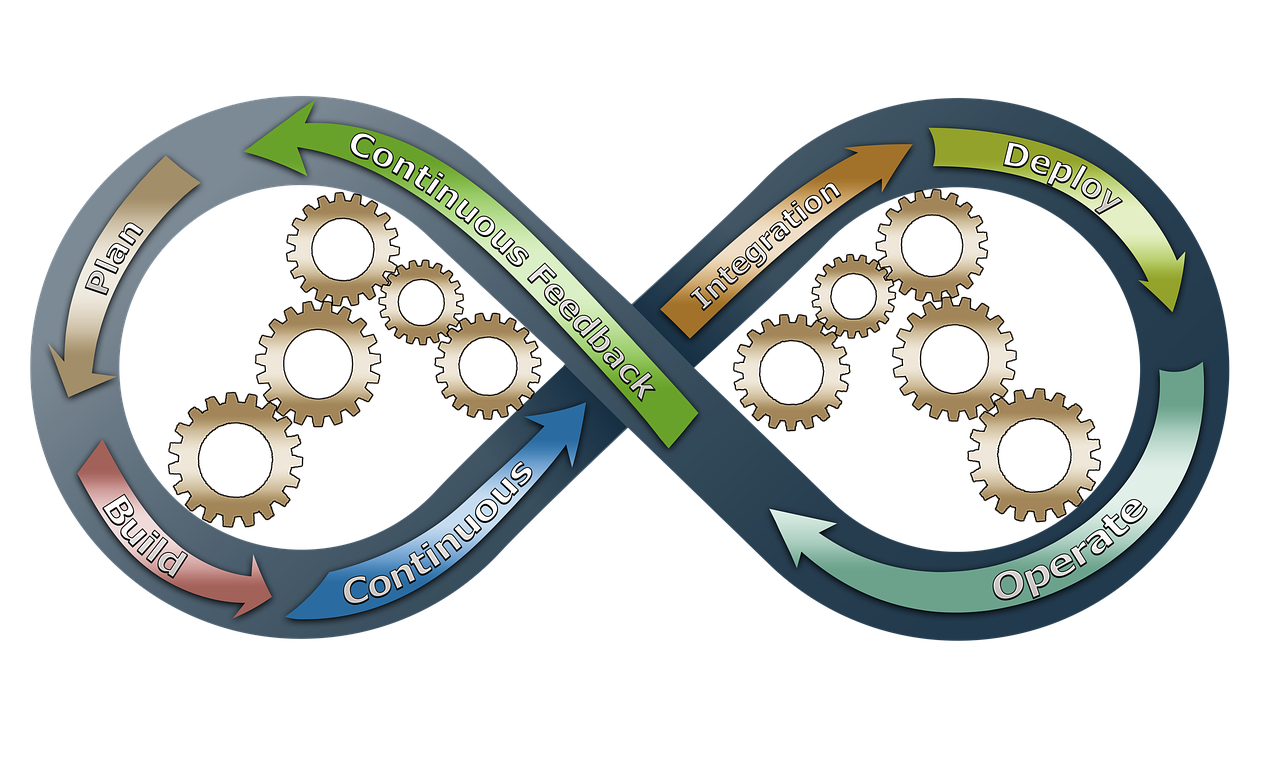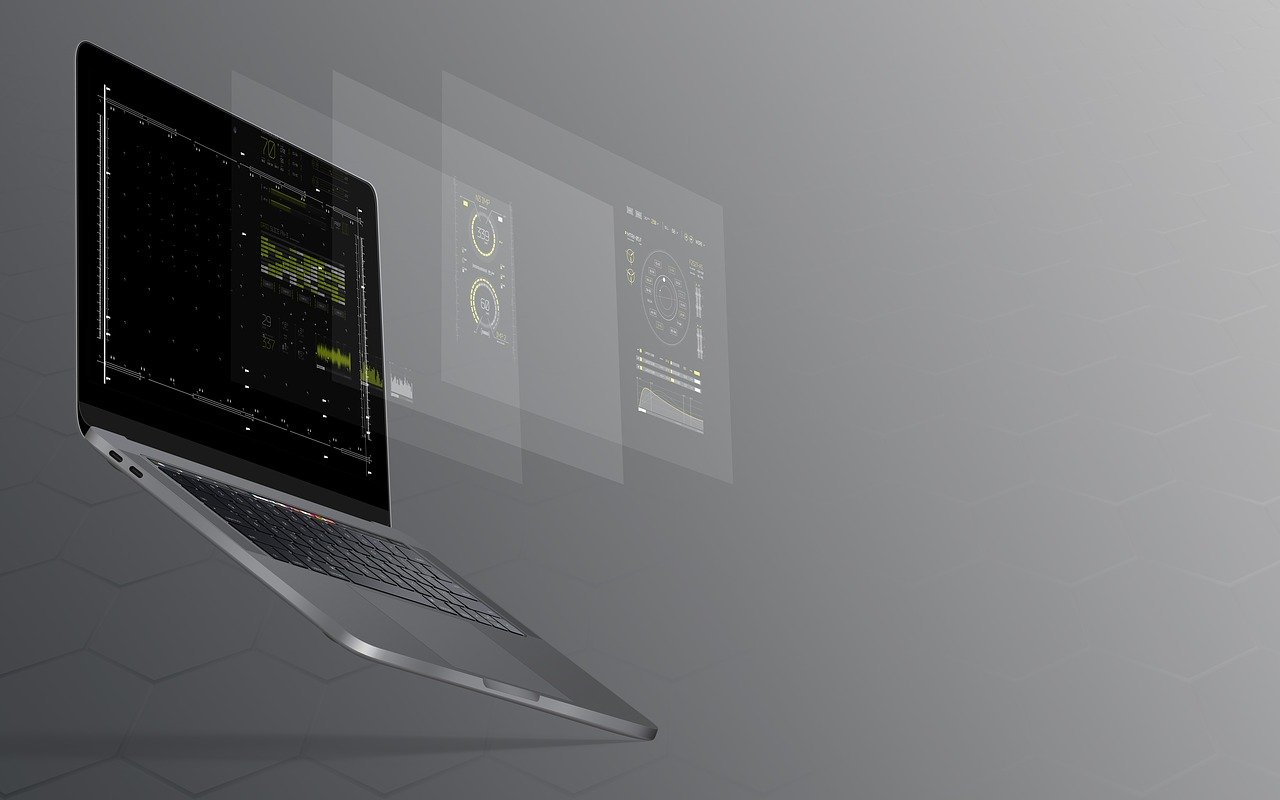The demand for change in many industries is overwhelming. In the construction industry, firms that adopt technology report higher levels of innovation and collaboration. Furthermore, they have stronger safety cultures, elevated levels of productivity, and more profit margins since they are better equipped to complete projects on time.
When you introduce digital solutions into your enterprise, it helps to change its responsiveness to its clients, partners, and regulators. With real-time data, teams are able to make better decisions and securely store/retrieve data faster. Your organization will no longer rely on hard-papers checklists, reports, forms, and documents. Well, no more associated headaches. So, how does this work?
This post looks at the main questions that you should consider when starting the digitization journey.
Which Providers Should You Select?
Selecting the best technology partner is a very important step and you should try to work with the one that specializes in the development of construction-related management software. Furthermore, the provider should understand the project goals and be able to align with the organization’s objectives easily.
Start by researching digital technology that resulted in the technology by following them back in their websites. Make sure that the selected organization has enough experience in the industry, ample clients, and easy-to-use solutions.
The best solution should also include all attributes of file management, including quality assurance and quality control (QAQC), progress tracking, HSE compliance, workers’ qualifications, equipment certifications, and timecards. With these, you will require little effort when targeting to scale. Before giving the program thumbs up and starting to use it, make sure to schedule a demo to see how everything works in your facility.
Software Implementation Strategy: Which One Should I Use?
In the past, software developers relied on very structured methods of implementing their programs. To use their programs projects, the teams would need to have their programs properly defined before the developer could design, test, and deploy the solutions in the respective field. Well, it was like a huge bang when such programs were first deployed. Although thorough, this process was inflexible, complex, and oftentimes resulted in overruns.
One of the common strategies used for program implementation is the agile approach, which is rolled out like a mini-project. The project reduces the risk of things turning out wrong because it entails testing different options, gathering feedback, identifying priorities, and improving the process along the way. Although still structured, the projects target quick wins and successful outcomes.
With the entry of cloud technology, it is now possible to digitize on-site procedures fast and easily. However, you also need to have some level of effort and adjustment. Indeed, agile projects often start with a number of challenges, which are ironed out as the project proceeds.
Getting Started
After selecting a program and strategy, the next thing is picking a pilot project. Going for company-wide implementation plans when getting started is never a good idea. Instead, pilot projects help to give you better control and cut down risks. Here are some useful questions to ask:
- What is the targeted success?
- What is the process, and how will it be tracked?
- Who are the vital users and team members?
- Who else will be involved?
- Learning for future projects: How will it be captured?

Image by Dirk Wouters from Pixabay
Driving Change and Keeping Things Simple
Like other project management, the process of digitization involves a lot of scheduling to keep things on track and managing change along the way. To manage change, you need to ensure there are clear channels of communication, build trust and support among all the parties that are involved. If the members have some fears, make sure to address them promptly so that they can own both the process and results.
Another important component of driving change and managing digitization of construction management is through training. You can do this directly or through a team of professionals. Make sure to define the expectations clearly, determine how the results will be measured, and provide a reliable channel for staff to give feedback.
As you think of digitization for your construction works and project, it is important to appreciate and expect some challenges along the way. Therefore, you should try and keep everything as simple as possible. Remember that everything should commence with the right software for construction management.







